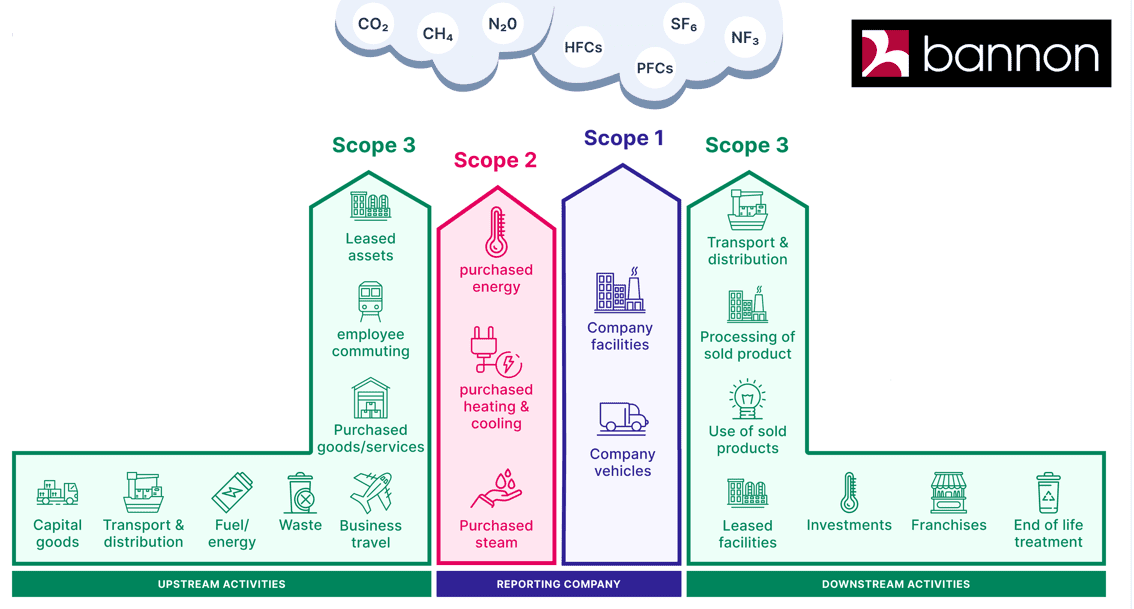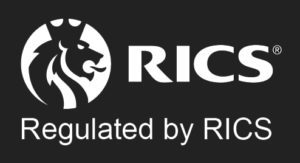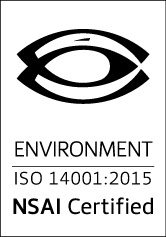Navigating Scope 1, 2, and 3 Emissions in Commercial Real Estate

In the ever-evolving landscape of commercial real estate, sustainability is a paramount consideration. As we strive to reduce our carbon footprint and address climate change, understanding and managing greenhouse gas emissions is crucial for the industry’s future. In this article, we’ll explore how Scope 1, 2, and 3 emissions apply specifically to the commercial real estate sector and why they should be at the forefront of our strategies.
Scope 1 Emissions: The Building Blocks
Scope 1 emissions in commercial real estate pertain to direct greenhouse gas emissions resulting from sources owned or controlled by a property owner or occupier. These emissions are produced within the boundaries of the property and are directly tied to its operations. Common examples include emissions from on-site heating, cooling, and electricity generation systems, as well as emissions from owned or leased vehicles used for property maintenance and management. For the commercial real estate sector, tackling Scope 1 emissions can involve upgrading building systems for greater efficiency, transitioning to renewable energy sources, and implementing eco-friendly transportation options for maintenance and management teams. Reducing Scope 1 emissions demonstrates a commitment to environmental stewardship and can improve the marketability of properties.
Scope 2 Emissions: The Energy Equation
Scope 2 emissions are indirect emissions associated with the generation of purchased electricity, heat, or steam consumed by a commercial property. These emissions are linked to energy sources outside the property boundaries, such as the local power grid. In the real estate context, Scope 2 emissions mainly comprise the carbon intensity of the electricity used to power the building and its operations. To address Scope 2 emissions, property owners and occupiers can consider procuring green energy or renewable energy certificates. Transitioning to cleaner energy sources not only reduces the carbon footprint of a property but can also enhance its appeal to environmentally conscious tenants.
Scope 3 Emissions: The Ripple Effect
Scope 3 emissions are the broadest and often the most challenging to quantify in commercial real estate. These encompass all other indirect emissions along the value chain of the property but outside the control of the owner or occupier. For the commercial real estate sector, Scope 3 emissions can include emissions associated activities such as commuting and business travel, as well as emissions embedded in the products and services used in the building. Addressing Scope 3 emissions requires collaboration between property owners, occupiers, and suppliers. Encouraging sustainable commuting options, supporting telecommuting, and sourcing eco-friendly products and services within the building can make a significant impact on reducing the overall carbon footprint.
In summary, understanding and managing Scope 1, 2, and 3 emissions are pivotal for the future of commercial real estate. These three scopes provide a holistic view of your environmental impact, from the direct emissions under your control to the broader, indirect emissions associated with your operations. It’s not only about reducing environmental impact but also about meeting the increasing demand for sustainable and eco-conscious properties. By embracing green building practices, optimizing energy usage, and engaging in sustainable supply chain management, the commercial real estate sector can lead the way toward a more environmentally responsible and resilient future.
Author: Cillian O’Reilly, Surveyor, Sustainability Manager, Bannon
Date: 13th September 2023





